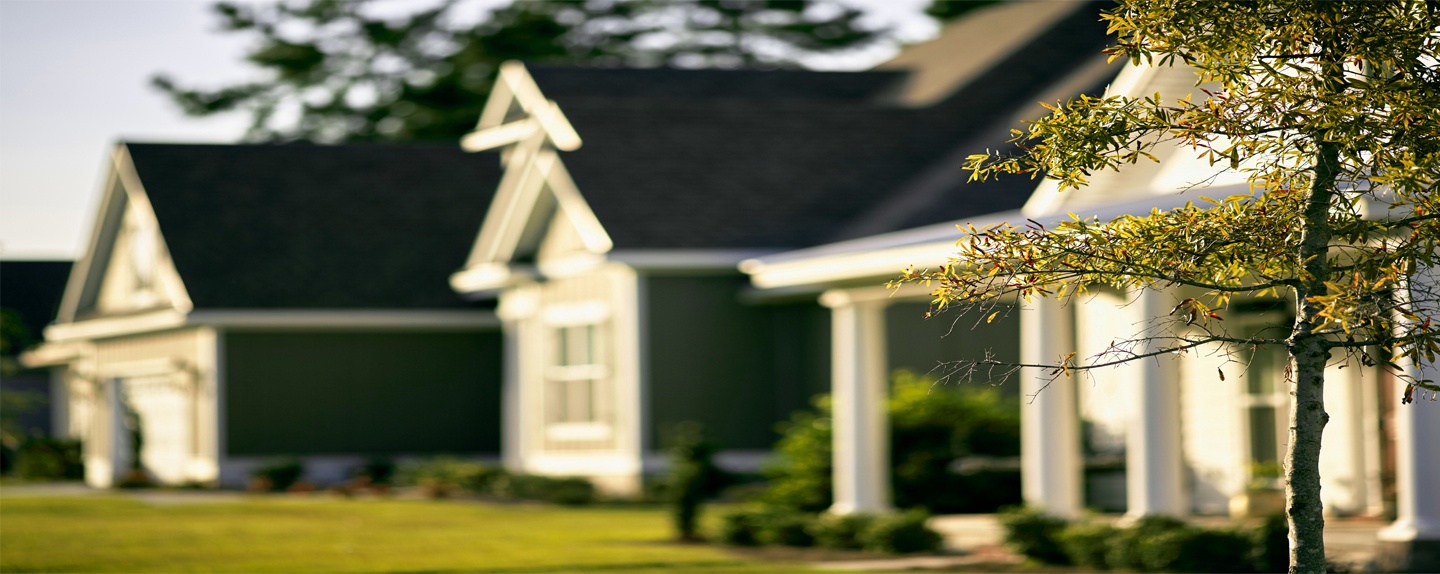What Is Crabgrass?
Crabgrass is an annual weed that reproduces by seed in late summer and fall. It can become quite large with hundreds of stems which root into the soil at every joint. A single plant can produce up to 150,000 seeds and all of those can be ready and waiting to produce crabgrass seedlings that take over your lawn the following spring.
Proper Timing Of Pre-emergent Herbicide is Critical!
If the crabgrass preventer is put down too early, it will break down before the majority of the seeds have germinated, and you will be dealing with this weed all summer. Put it down too late, and it will have no effectiveness at all unless it is one of the newer products, like Dimension, that is also effective against small, newly germinated crabgrass plants.
To be safe you want to try to get your pre-emergent down in early spring before May when crabgrass generally starts to germinate. Failing to protect your lawn with a pre-emergent product means you’ll have to use a post-emergent herbicide or “crabgrass killer” that costs more money and will leave bare spots in the lawn after the crabgrass dies. The general rule of killing crabgrass is great but preventing it is best!
Some Timing Guidelines To Follow!
The University of Massachusetts Extension Service tells us that crabgrass seeds germinate after the surface soil temperature reaches 55 oF for four to five consecutive days. While that is important information, most homeowners don’t have soil thermometers to monitor the temperature of their soil. People often try to tie this into a specific date on a calendar. Well, this is New England and if there is one thing predictable about our weather it is that it is unpredictable. Does anyone remember the April Fools’ Day Storm of 1997 when over 24 inches of snow fell in a 24-hour period?
In the past, people have also tried tying it to the phenology or developmental state, of other common landscape plants. These have included forsythia, ornamental pear trees, and redbud trees. The chemistry of the products has changed over time so that the window of opportunity to apply them has gotten wider, so these plant cues are not as critical as they once were though they are still helpful.
These products also stop grass seed from germinating so keep that in mind if you’re thinking of doing any spring seeding.
What About Fertilizer?
Pre-emergent is almost always mixed with spring lawn fertilizer so the laws that govern fertilizer applications in the commonwealth must be followed as well. These laws apply to both homeowners and professional applicators. The highlights are that no applications can be done before March first and the ground cannot be snow-covered, frozen, saturated, or prone to flooding. Most of these conditions correct themselves before pre-emergent season, though saturated soil and flooding can be an issue if it has been a wet spring.
With so many factors affecting the timing of this critical spring application, you should seriously consider hiring a professional lawn care service to take all the worry out of this treatment and ensure you have a healthy lawn free of crabgrass and other weeds all season long!
Get More Info From The Pros!
Looking for more information on crabgrass or just ready to let the professionals take over your lawn care needs from here? The Grassmaster Plus team is ready and willing to answer any questions you have and can provide you a free quote on your lawn care services for the season. Contact our local office today!

